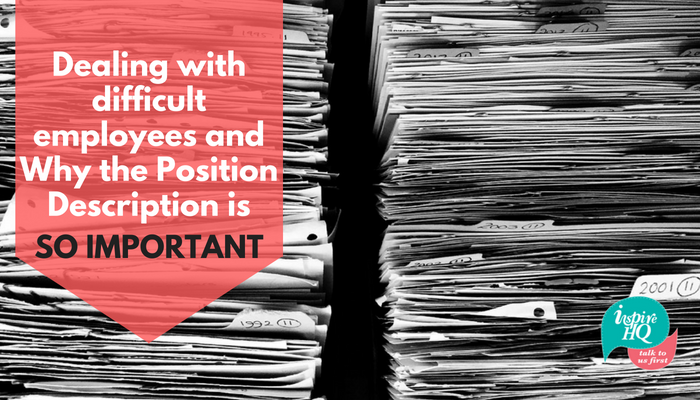If you have ever had to manage people you’ll understand the challenges it can present. Every people manager has at some stage in their management journey had to deal with a difficult employee. Every difficult employee needs to be dealt with based on the individual circumstances. Managing difficult employees is often what keeps us awake at night; it can be time consuming and can be costly to the business if not managed effectively and in a timely and appropriate manner.
As part of B31 Ballarat Business Month we facilitated a session with FCW Lawyers on Dealing with difficult employees and building business profitability. We were privileged to have Karen Luu and Kim McLagan share their expertise on the complexities of dealing with difficult employees and managing WorkCover claims and the associated costs. With many small business owners, team leaders and HR professionals in the room, the topic was definitely relevant and piqued people’s interest.
To kick start the session Karen had attendees write on a post-it-note a recent issue they had been faced with regarding dealing with a difficult employee. There was a lot of common themes in the responses. A key challenge faced by many managers was managing poor performance.
Poor performance is an issue I hear about regularly from people managers. However, it never ceases to surprise me that many businesses don’t have the fundamentals in place to help them manage poor performance. While having some fundamentals in place won’t stop the issue of poor performance arising, it will mean you are in a better position to manage the poor performance and have the difficult conversations.
So what are the fundamentals?
- Accurate and up to date position descriptions
- Purpose
- Values
- Vision
Karen shared with the group the importance of defining what is good behaviour. Everyone has different interpretations of behaviours, actions and conduct so it’s critical to define and role model what good looks like. Today I want to take a closer look at the value of an accurate and up to date position description.
Positions Descriptions are critical. So why do so few businesses not have them or place low importance on them? Why do you need an accurate Position Description?
- Position Descriptions clearly spell out the role and responsibilities the incumbent is required to perform
- They set the expectations of the employee and employer, making sure you are both on the same page with the responsibilities of the role
- A well written Position Description will define what success in the role looks like
- The Position Description should drive the activities of the employee; what they do on a day to day basis
The Position Description is only useful if it’s kept up to date and is accurate. Position Descriptions are no good stuck in yours or your employees bottom desk draw or filed away in a filing cabinet or electronically stored on some drive that nobody ever looks at. Positions Descriptions need to be a document that is clearly understood by all parties, is regularly reviewed and is referenced in regular communication between the employee and employer. An accurate and up to date Position Description will help you improve accountability, provide direction, define good and provide clarity around expectations.
Without a Position Description there is simply too much grey. Responsibilities are open to interpretation. We haven’t given our employee any clarity on what good looks like. If you are struggling to manage difficult employees maybe it’s time to take a step back and start with the fundamentals?
Developing Position Descriptions doesn’t have to be hard work. While it might seem like a big daunting job to start with, you can break it down and involve your employees. Get them engaged in the process of developing a Position Description, have them keep notes on the responsibilities that they perform for a period of time and build from there. You might be surprised that your employees will embrace the process as they are probably looking for the direction and clarity just as much as you are.


